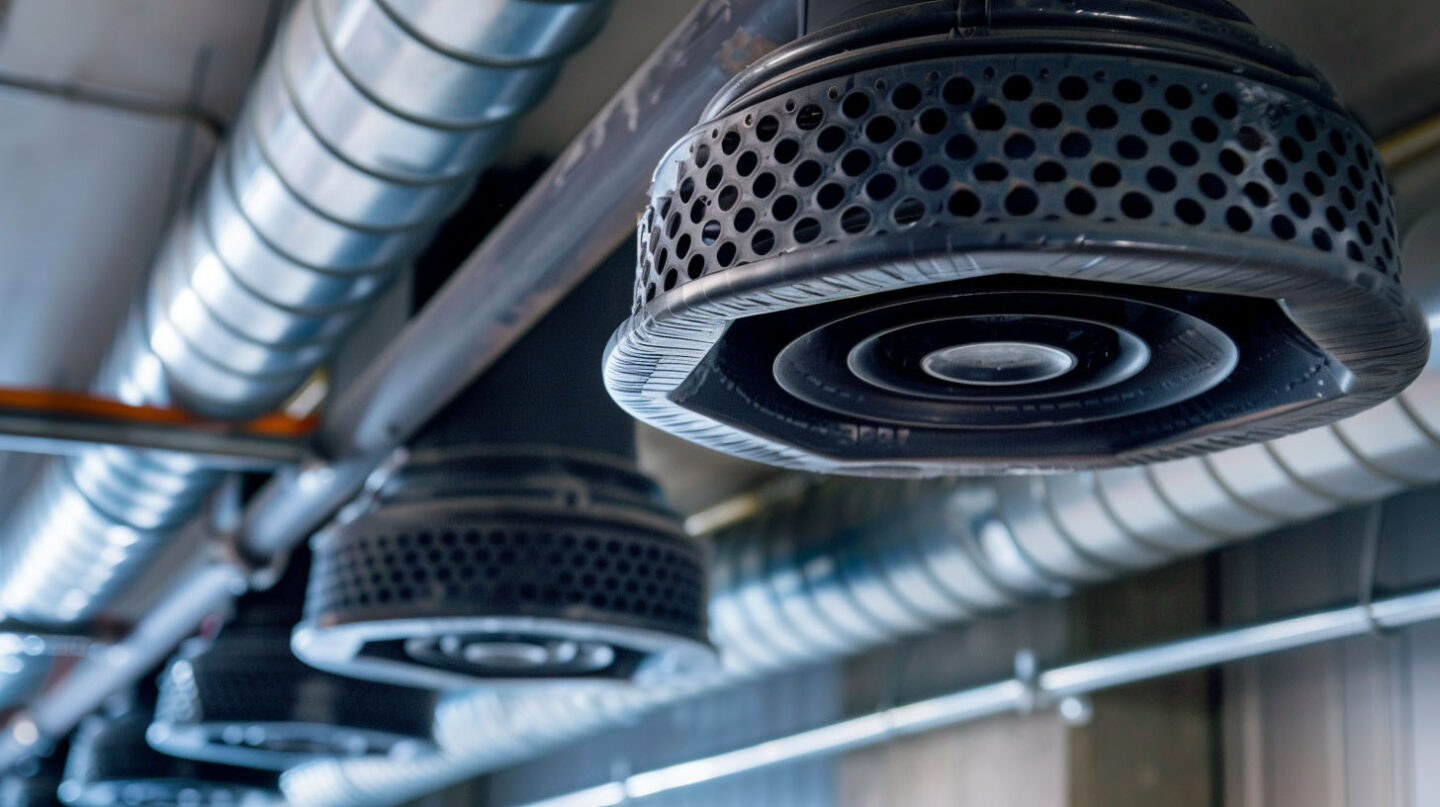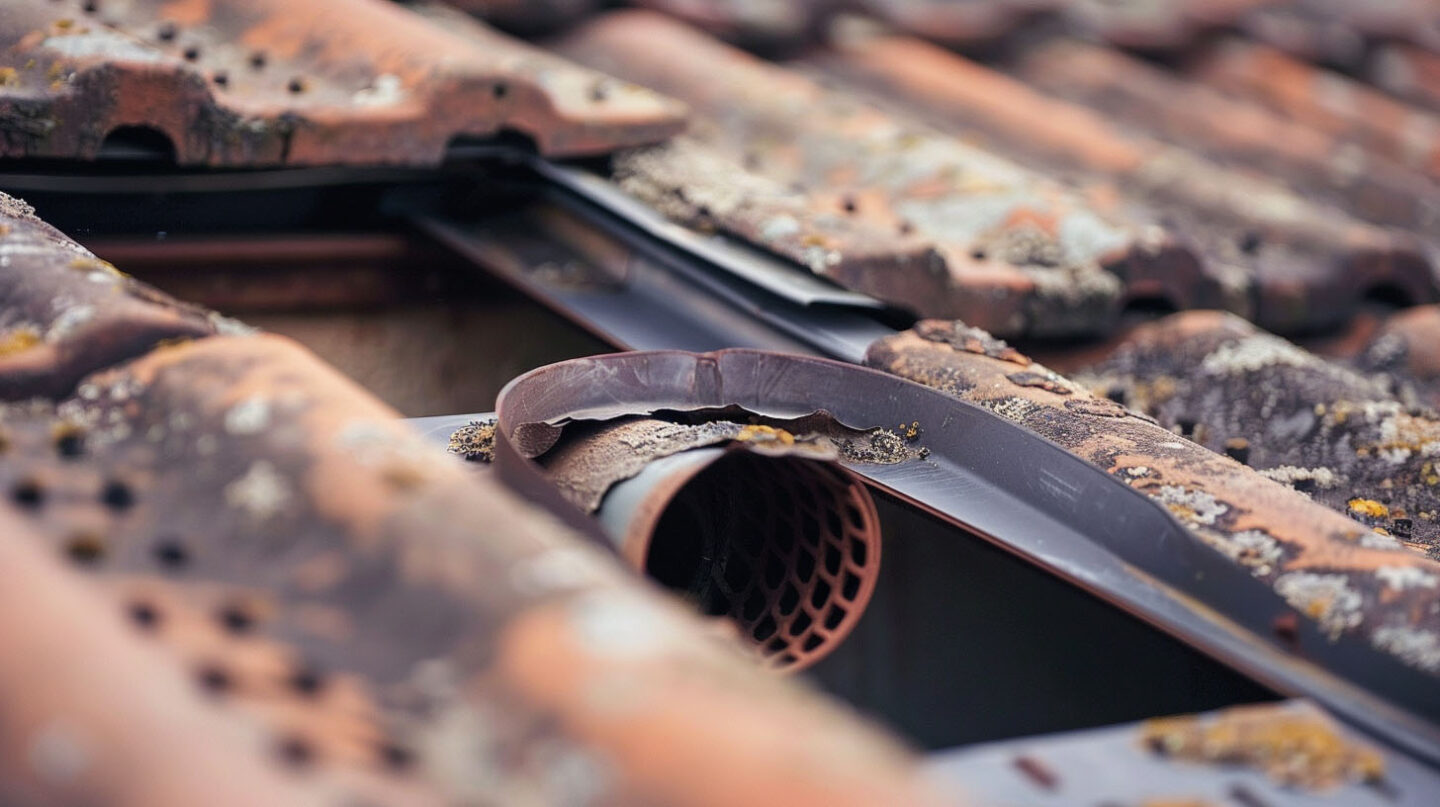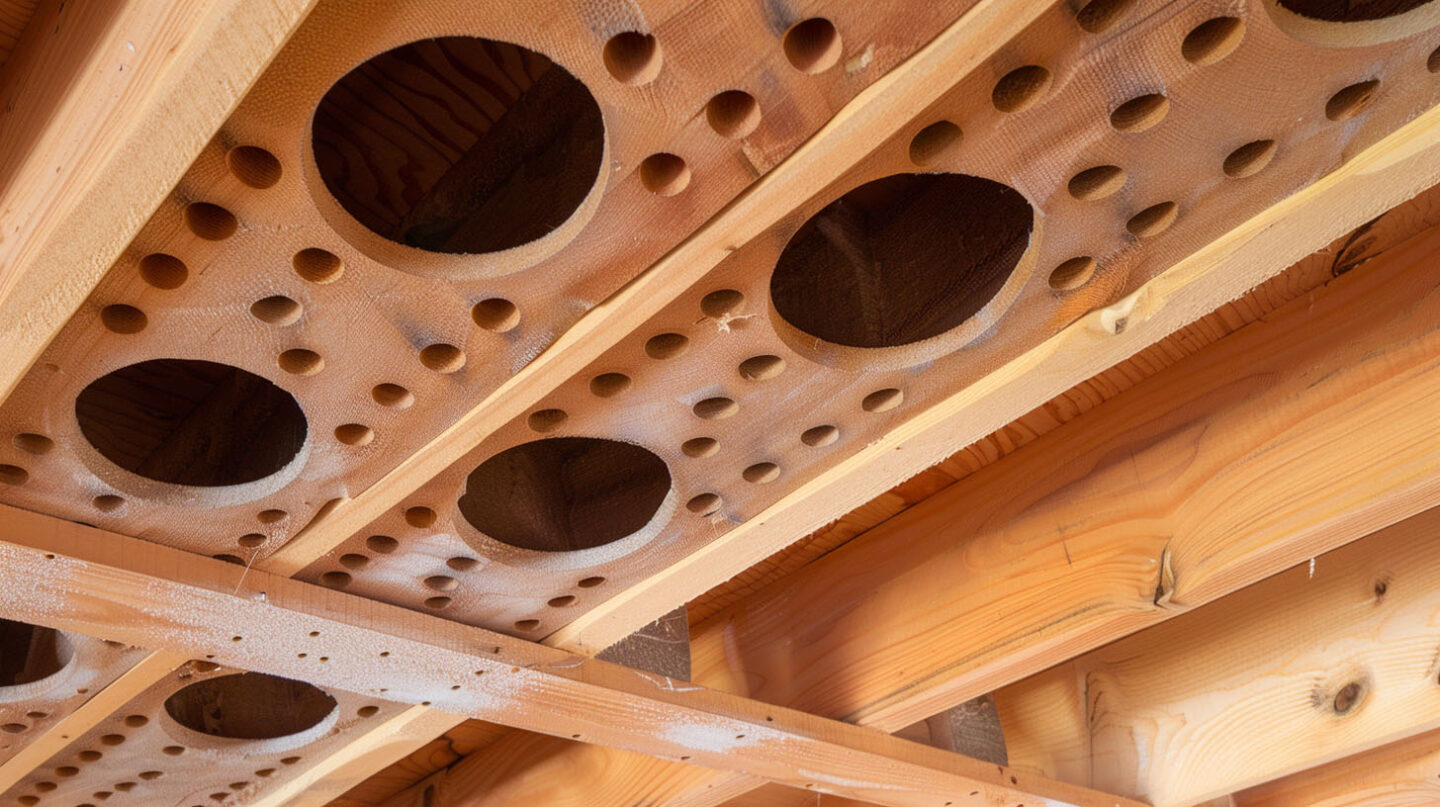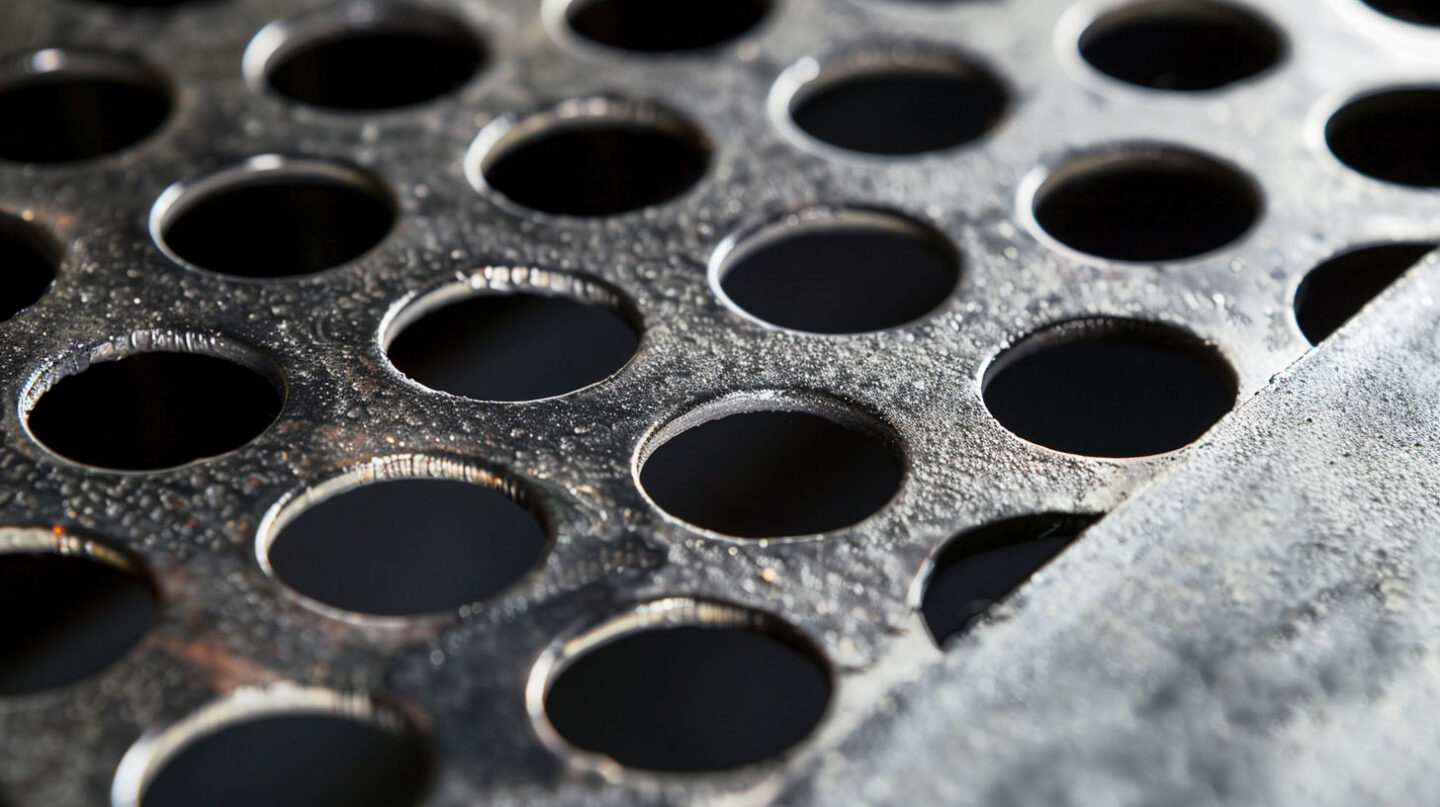As a homeowner in Clayton, NC, you want to do everything you can to protect your property. When it comes to your roof and attic space, you might hear a lot about the importance of ventilation. A common belief is that the more holes you have, the better your passive ventilation will be. At The Shingle Master, we’re here to explain why this isn’t always true. A properly designed ventilation system is about balance, not just quantity, and getting it wrong can cause more harm than good.
Understanding Passive Ventilation Systems
Effective passive ventilation systems enhance air flow through strategic design rather than relying on mechanical components. Utilizing natural forces such as temperature differences and wind, these systems aim to create a path of least resistance for outside air to enter and circulate. Key elements include intake vents, such as soffit vents, and exhaust vents like ridge vents. Properly designed, they regulate attic air temperature, prevent moisture buildup, and mitigate risks like mold growth, ensuring energy efficiency while maintaining comfort inside your home.
How Passive Vents Work in Homes
Passive ventilation systems utilize the principles of air movement to enhance indoor air quality without mechanical devices. These systems rely on the natural tendency of warm air to rise, creating a path of least resistance for fresh outside air to enter through intake vents located at lower levels. As hot air escapes via exhaust vents, such as ridge or roof vents, this continuous airflow prevents issues like mold growth and wood rot, while also regulating attic air temperature, ultimately promoting energy efficiency throughout the home.

Limitations of Passive Ventilation
Several inherent limitations exist within passive ventilation systems that can affect their overall efficiency. A common misconception is that these systems can adequately replace active ventilation methods. However, factors like insufficient airflow, inadequate net free area, and strategic placement of passive vents can lead to poor ventilation, especially during stagnant weather conditions. Additionally, relying solely on passive methods might result in the absence of sufficient air exchange, consequently promoting issues like mold growth and wood rot when outside air isn’t effectively introduced.
Myth #1: More Holes Mean Better Ventilation
Achieving proper ventilation is about creating a balanced system, not just punching more holes in your roof. Having too many exhaust vents can disrupt the intended airflow, leading to a host of new problems.
Why Excess Vents Can Cause Issues
An abundance of passive vents might seem beneficial, but excess holes can disrupt the intended airflow. When too many vents are present, the path of least resistance often leads outside air to bypass crucial areas. This can lead to inadequate attic air temperature management, creating hotspots and possibly promoting mold growth. Moreover, more vents can introduce moist air, exacerbating issues like wood rot and ice dams. Ultimately, a carefully balanced ventilation system is key to maintaining energy efficiency and preventing big problems.
Impact on Airflow and Energy Efficiency
Excessive passive vents can disrupt the flow of air within a space, leading to inefficiencies in airflow. When too many holes are introduced, the delicate balance of the ventilation system is compromised, creating stagnant zones. This imbalance often causes a significant loss in energy efficiency, forcing heating or cooling systems to work harder. Ultimately, the net result can become a huge energy waster, diminishing the intended benefits of proper ventilation. Hence, achieving the strongest vent configuration is crucial for optimal performance.
Myth #2: All Passive Vents Improve Indoor Air Quality
Another common misconception is that any passive vents you can see are automatically helping your home. Homeowners might spot vent covers on their eaves and assume their ventilation system is working perfectly to manage attic moisture and improve air quality.
However, the mere presence of vents doesn’t guarantee function. The type, placement, and condition of these vents are what truly matter. If they aren’t installed or maintained correctly, they might not be doing anything at all.

Common Misconceptions About Passive Wall Vents
Many homeowners believe that passive wall vents inherently improve indoor air quality. This common misconception arises from a misunderstanding of how air moves through a ventilation system. While passive vents can introduce outside air, they do not guarantee adequate air exchange, particularly in areas with varying attic air temperatures or insufficient net free area.
Additionally, factors such as local climate and building design play a crucial role in effectiveness. Relying solely on passive wall vents without considering these elements can lead to issues like mold growth or wood rot, undermining the whole purpose of ventilation.
Situations Where Air Inlets Fall Short
Inefficiencies often arise in passive ventilation systems when air inlets are improperly placed or inadequately sized. In cases where the net free area is insufficient, passive vents struggle to allow outside air to flow effectively, leading to stagnant conditions. Additionally, during high humidity or extreme temperatures, reliance solely on passive methods can exacerbate issues like mold growth and wood rot. Understanding these limitations can aid in choosing the appropriate ventilation strategy that complements the architecture of the home.
Get in Touch
The importance of understanding passive vent systems cannot be overstated. Dispelling common myths, such as the belief that adding more holes leads to better ventilation, reveals that balance is key. A properly designed ventilation system considers both airflow and energy efficiency, preventing issues like mold growth and wood rot. Ultimately, achieving optimal attic ventilation, whether through static or power ventilation, requires a thoughtful approach rather than merely increasing the number of passive vents. As a GAF Master Elite Contractor, BBB A+, Haag Certified Inspector and Raleigh’s Best Roofing Contractor, we emphasize that prioritizing function over quantity will yield the best results.

Frequently Asked Questions
What is the best vent shape?
The “best” type of ventilation depends on your roof’s design. However, a highly effective and popular combination is a continuous ridge vent for exhaust paired with ample soffit vents for intake. Other options like a static vent or wind turbines can also work well when balanced correctly within the system.
Do I need a vent in every room?
While it’s not necessary to have a vent in every room, strategic placement can enhance airflow and efficiency. Too many vents may cause pressure imbalances, leading to inefficiencies. Consider the specific needs of each space for optimal performance rather than a one-size-fits-all approach.
Read our blog: Matching Shingles Statutes: Can You Demand a Full Slope?


